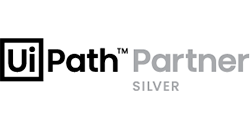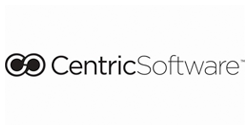SYSTEM INTEGRATION
Holistic and efficient management of corporate system integration is a serious problem for IT managers today. Failing to solve this problem in a proper manner may lead to incompatibility in corporate objectives and IT, and loss of motivation in development teams. In this essay, we will talk about the ways to overcome the basic system integration issues.
Some organizations use API approach as a system integration solution. However, since API approach is not so common, one may think that high value added integration solutions are not embraced thoroughly. Even though technical teams tend to use new approaches, the approach should also be compatible with the vision and the mission of the organization. Otherwise, IT and business teams may face difficulties in attaining the common goals.
While business units consider the relationship between IT investments and results in system integration solutions, IT teams are aware of the metrics required to follow for the wellness of IT projects. Therefore, business units and IT managers should agree on the value of integration solutions. However, ensuring this agreement may be difficult since it is not easy to access the applications which yield to actual results or there are no widely accepted definition of "value added" in this field.
Points to Take into Consideration in System Integration Solutions
The integration of different technologies and services developed using different programming languages have some challenges besides numerous advantages. Topics such as data accessibility, cybersecurity, costs, scalability, flexible and strong network infrastructure, system accessibility should all be discussed within the scope of integration solutions.
• Different perspectives of different business units: Each team has its own responsibilities and job definitions, and fulfilling them require different systems and applications. Integration solution should provide a manageability for all these different perspectives; for example making data accessible and practical to fulfill the needs of different teams.
• Monolithic systems: A lot of organizations use applications featuring conventional singular architectures. Since these applications with singular architecture are detached from external systems yet grift internally, it is not easy to change them.
• Selecting the right tool: When the right integration tool is used, significant differences may come about in speed, cost and functionality of development of integrations. Today, integration with cloud applications and cloud support are important factors while identifying the right integration tool. The identified solution should also meet the integration need between cloud applications and local applications.
• Scalability: It is not enough for the integration solution to be in a scale that will fulfill the integration needs of today. It should also be scalable for the possible future requirements and opportunities. Re-usability support and increasing performance needs should be fulfilled.

 English
English
 Turkish
Turkish











